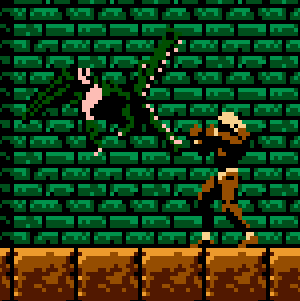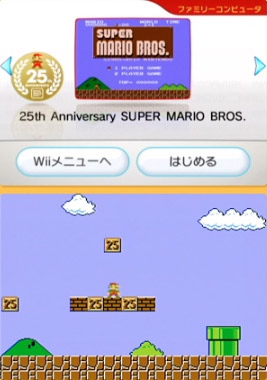Wolfenstein 3D / CrossFire
Wednesday, December 31st, 2014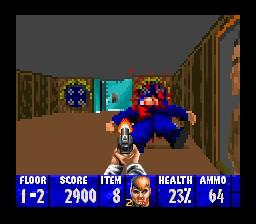
Man. I’m really liking this once-a-year update schedule.
So hey, welcome back! I’ve got some new versions of old games to show off.
This is a prototype cartridge of id Software’s Wolfenstein 3D for the Super NES. I bought it off an eBay seller in Spain earlier this year. Here’s a digital copy.
A different pre-release version of SNES Wolfenstein 3D was released on the Internet as a ROM file years ago. The SNES version of Wolfenstein 3D was fairly well-known for its cut content – the attack dogs from the 1992 DOS version were changed to giant rats in the 1993 SNES release, enemies no longer bled when shot, and Nazi imagery was removed entirely, among other changes.

My cartridge was apparently produced in between the initial beta and the final release. The changes between the two versions reflect a first round of content cuts – possibly made by request during Nintendo’s famously strict approvals process. The dogs were the first to go; the giant rats were already implemented in the earlier beta, though both prototypes produce a growl when they’re killed, rather than the rat-like squeak featured in the retail version. The guard enemy shouts were also changed in between betas.
 (Early Beta)
(Early Beta)
 (Later Beta)
(Later Beta)
While the majority of Wolfenstein 3D’s Nazi imagery isn’t present in either build, some additional cuts were made in between the first and second betas. The prologue text in the earlier beta refers to an antagonist named “Hister” – subsequently changed to “Staatmeister” in the later beta and final versions.

Notably, the later prototype still has its blood and gore intact. Given that Nintendo was on the verge of relaxing its standards for the largely uncensored SNES versions of Mortal Kombat 2 and Doom, it makes sense that Wolfenstein 3D’s violent content was still considered for inclusion until a last-minute change. This beta gives rare insight into Nintendo’s evolving policies and content standards during a time of rapid change leading up to the 32-bit era.
 (Later Beta)
(Later Beta)
 (Final)
(Final)
The later beta also switches out the earlier beta’s 5-character password for a 6-character one, and passwords from the retail release are non-functional. Otherwise, both betas share many elements that were changed closer to release. The wall texture above, for instance, was included in both betas before being changed to something less Iron Cross-like in the final edition.
 (Later Beta)
(Later Beta)
 (Final)
(Final)
The betas also share level designs that were changed in the final release. These early designs more closely resemble level layouts featured in the original DOS version. I’m actually not that familiar with Wolfenstein 3D, so if you notice any other differences between the three versions, please let me know.
I’ve got something else, too.

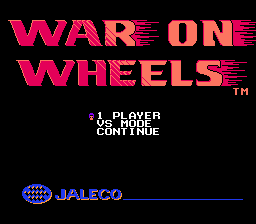
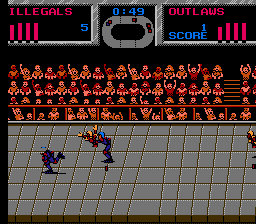


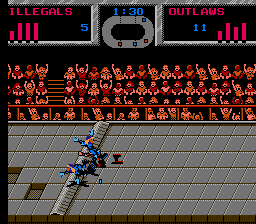
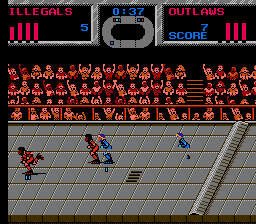
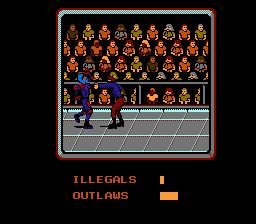
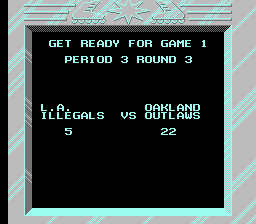
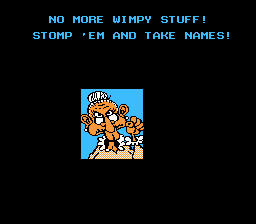





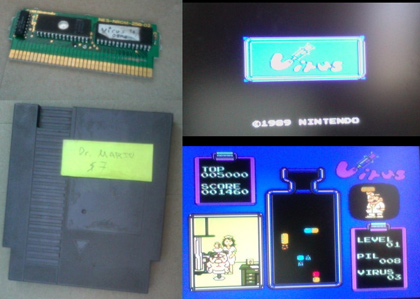


 Â
 
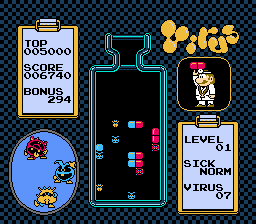 Â
 
 Â
 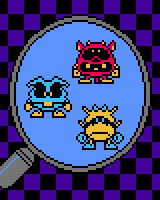

 Â
 
 Â
 
